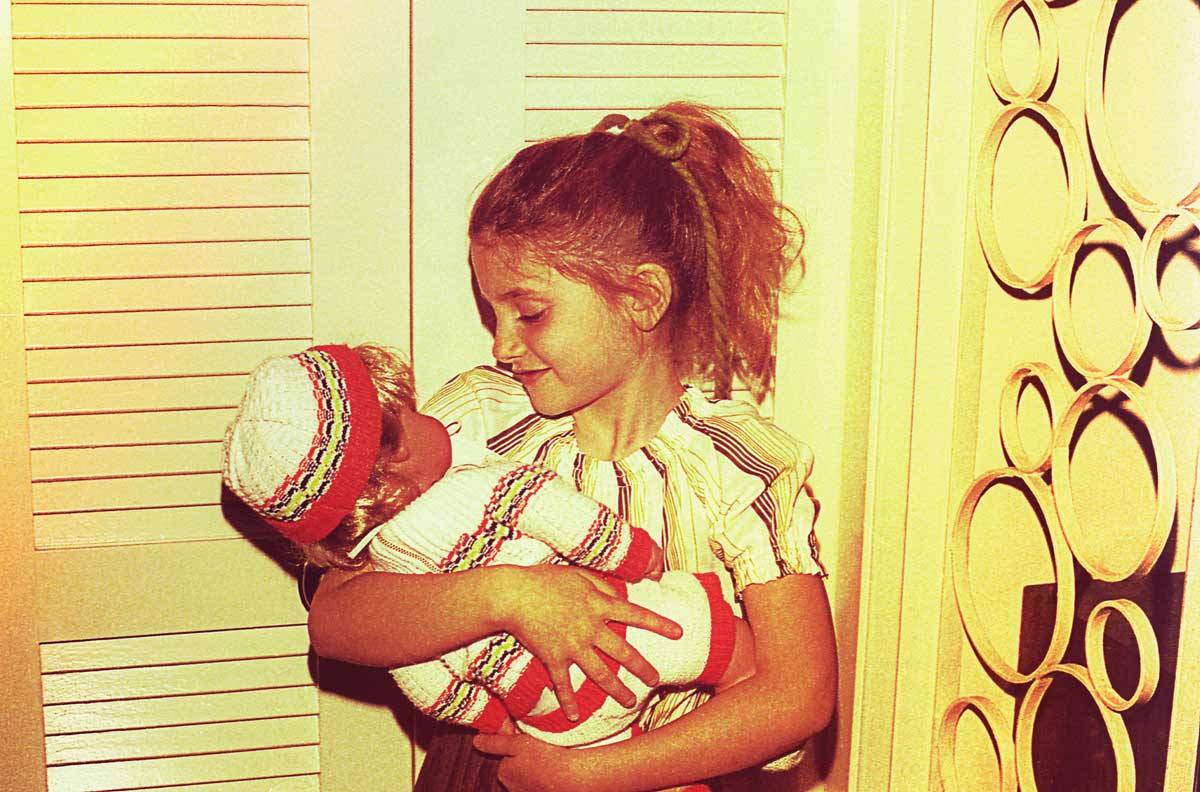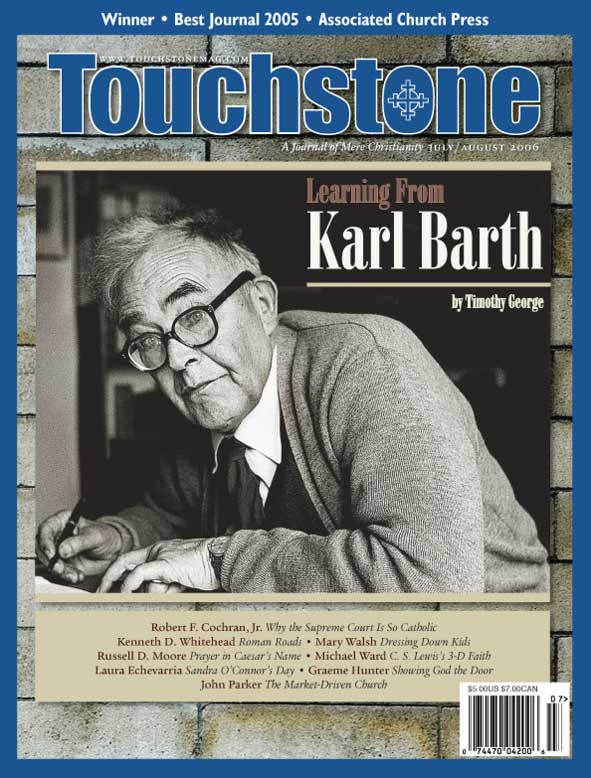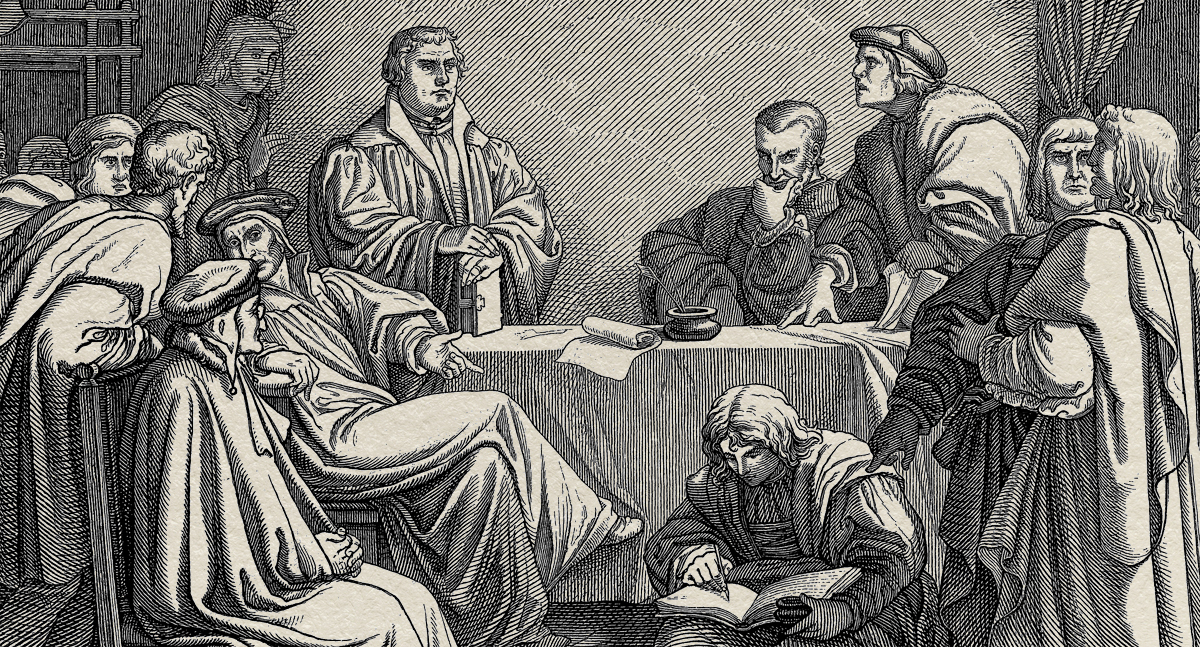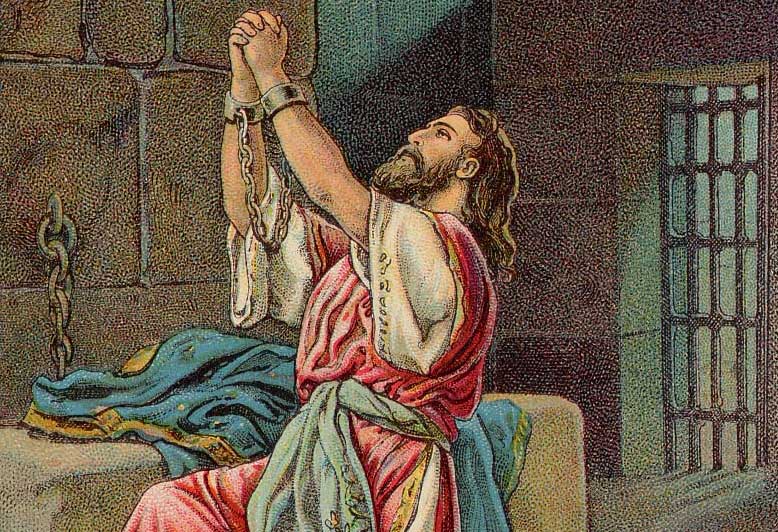View
Unfashioned Kids
Mary Walsh on Companies That Corrupt Children
It was a simple deck of Spiderman cards. My eight-year-old son just loves Spiderman; like most little boys, he longs to be a hero and contemplates swinging off buildings in stunning rescue missions. I never thought to check the deck for indecent images. It was lying on the console in the van last week when I picked it up to stuff the cards in the box. I did a double-take at Catwoman on the queen card.
Catwoman was experiencing three-quarters of what has been known since the 2004 Super Bowl as a “wardrobe malfunction.” The other queen Catwoman was in a provocative pose, with Spiderman creeping up behind her. What was Catwoman doing in a Spiderman deck? Doesn’t she belong with Batman? And where is Mary Jane? Is she too wholesome to be included in the deck?
In the men’s section of a local store, my fourteen-year-old son pointed out a t-shirt depicting “good, better, and best.” They were stick figures of a guy and a girl, a guy and two girls, and a guy with three girls. Next to it was another shirt with three suggestions on generating income: marry money, inherit money, steal money. Working for money was nowhere to be seen.
Playing Bratz
Children have always imitated adults through their play. “Children” here includes teenagers, and “play” includes the clothes they choose to wear to express themselves. That is why their play is really not merely play, and their clothes not merely clothes, but a learning process. If we think of play as a learning and modeling process, the culture gives us something to be concerned about.
Toys elevate ugliness to normalcy. The Bratz dolls aimed at grade-school girls, for example, are monstrously ugly and look like hookers. There’s just no other way to put it. Why would anyone want to give her daughter a doll with heavy makeup, vamped out eyes, and hideous clothes—unless she wants her to act like a brat, or worse?
It is an amazing thing that the Bratz toy culture is aimed not only at grade-school girls but at toddlers as well. Bratz Babyz are available too, with low-slung diapers, half tops, and bellies hanging out in the middle. Bratz Babyz really do look out of place next to Cabbage Patch dolls.
And shopping for girls’ clothes is an exhaustively time-consuming exercise, even for someone like me who enjoys shopping, if you want your daughter to look like a girl rather than a street walker. The junior department of most stores carries what I refer to as the hooker line. One friend found jeans described as “boyfriend cut” while shopping for her daughter. Some of these jeans should just be labeled “belly buttons and more.”
It only gets worse with the words across the derriere and chest. Girls wander around with messages like “Kisses five cents, one to a customer” and “Wet t-shirt contest winner” (and worse) across their chests.
A friend sat behind a girl in church wearing pants with “sexy machine” labeled across the back. The girl was with her mother. Why do folks allow their daughters to dress like an advertisement for something they are not selling? Why are they bringing them up to think that their worth as a human being rests in being someone else’s object instead of someone’s beloved person?
Mary Walsh is a homeschooling mother and freelance writer. She, her husband, and their eight children attend St. Patrick's Church in Fredericksburg, Virginia.
subscription options
Order
Print/Online Subscription

Get six issues (one year) of Touchstone PLUS full online access including pdf downloads for only $39.95. That's only $3.34 per month!
Order
Online Only
Subscription

Get a one-year full-access subscription to the Touchstone online archives for only $19.95. That's only $1.66 per month!
bulk subscriptions
Order Touchstone subscriptions in bulk and save $10 per sub! Each subscription includes 6 issues of Touchstone plus full online access to touchstonemag.com—including archives, videos, and pdf downloads of recent issues for only $29.95 each! Great for churches or study groups.
Transactions will be processed on a secure server.
more on education from the online archives
more from the online archives

33.2—March/April 2020
Christian Pro-Family Governments?
Old & New Lessons from Europe by Allan C. Carlson
calling all readers
Please Donate
"There are magazines worth reading but few worth saving . . . Touchstone is just such a magazine."
—Alice von Hildebrand
"Here we do not concede one square millimeter of territory to falsehood, folly, contemporary sentimentality, or fashion. We speak the truth, and let God be our judge. . . . Touchstone is the one committedly Christian conservative journal."
—Anthony Esolen, Touchstone senior editor













